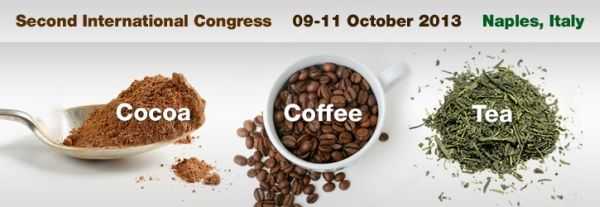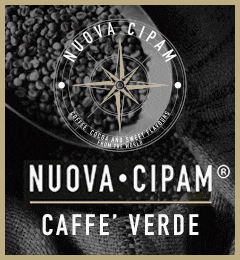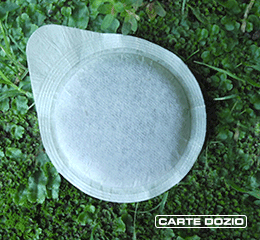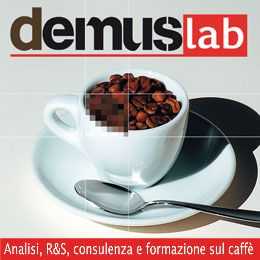Condividi con noi le tue storie legate al caffè scrivendo a direzione@comunicaffe.it.
Loaec G.1, Henry N.2, Desprez B.2, Niquet-Léridon C.1, and Tessier F.J.1 1Institut Polytechnique LaSalle Beauvais, EGEAL unit, Beauvais, France. 2Florimond-Desprez, Cappelle en Pévèle, France E-mail: frederic.tessier@lasalle-beauvais.fr
Many neo-formed compounds are formed during the thermal process of food. Most of them are formed by a reaction between amino acids and reduction sugars, commonly called the Maillard reaction.
Beside the positive effects of most Maillard reaction products (MRPs), the significant formation of potentially harmful MRPs has recently driven the food industry to identify ways to reduce them.
Among the unwanted MRPs, acrylamide has become the main focus of attention for the food industry and the national health authorities. Due to its classification as probably carcinogenic to humans, several interventions to reduce acrylamide formation have been carried out for the past decade.
However, the European Food Safety Agency has recently concluded that few changes in acrylamide levels were observed in Europe from 2007 to 2010, and that an increase was noted for the food category containing coffee and coffee substitutes.
For this reason, our aim was to develop new mitigation strategies for coffee substitutes made of roasted chicory which are more likely than other food products to be affected by the formation of acrylamide. In order to select a chicory root with the lowest level of asparagine (Asn), the major acrylamide precursor, different varieties have been analyzed and compared.
The influence of agronomic factors on the Asn and acrylamide levels has also been tested.
The comparison of five varieties shows significant differences in the Asn content of the raw material (153 to 214 mg/100g dry matter). The differences between varieties were still significant even after the roots were dried despite a mean degradation of this free amino acid of 30% (97 to 134 mg/100g dry matter).
A 27% reduction in the acrylamide content of the roasted chicory was observed when the variety with the lowest content of Asn was compared to that with the highest content.
The effect that the amount of nitrogen fertilizer applied to the soil had on the Asn content of the chicory root was also measured in the five varieties selected in this study. Our preliminary data analysis indicates that the Asn content in the root is proportional to the amount of nitrogen present in the soil from 144 to 204 kg/ha, and remains stable above this amount.
The results of our experiment confirmed this indication when the acrylamide contents of the roasted chicories were tested. This was found to be 41% lower in the roasted chicories that came from the varieties cultivated at the lowest fertilization rate compared to the highest.
Our mitigation strategies to reduce the acrylamide content in coffee substitutes appear to be promising. However they need to be confirmed on a bigger scale and combined with other innovative tools.















